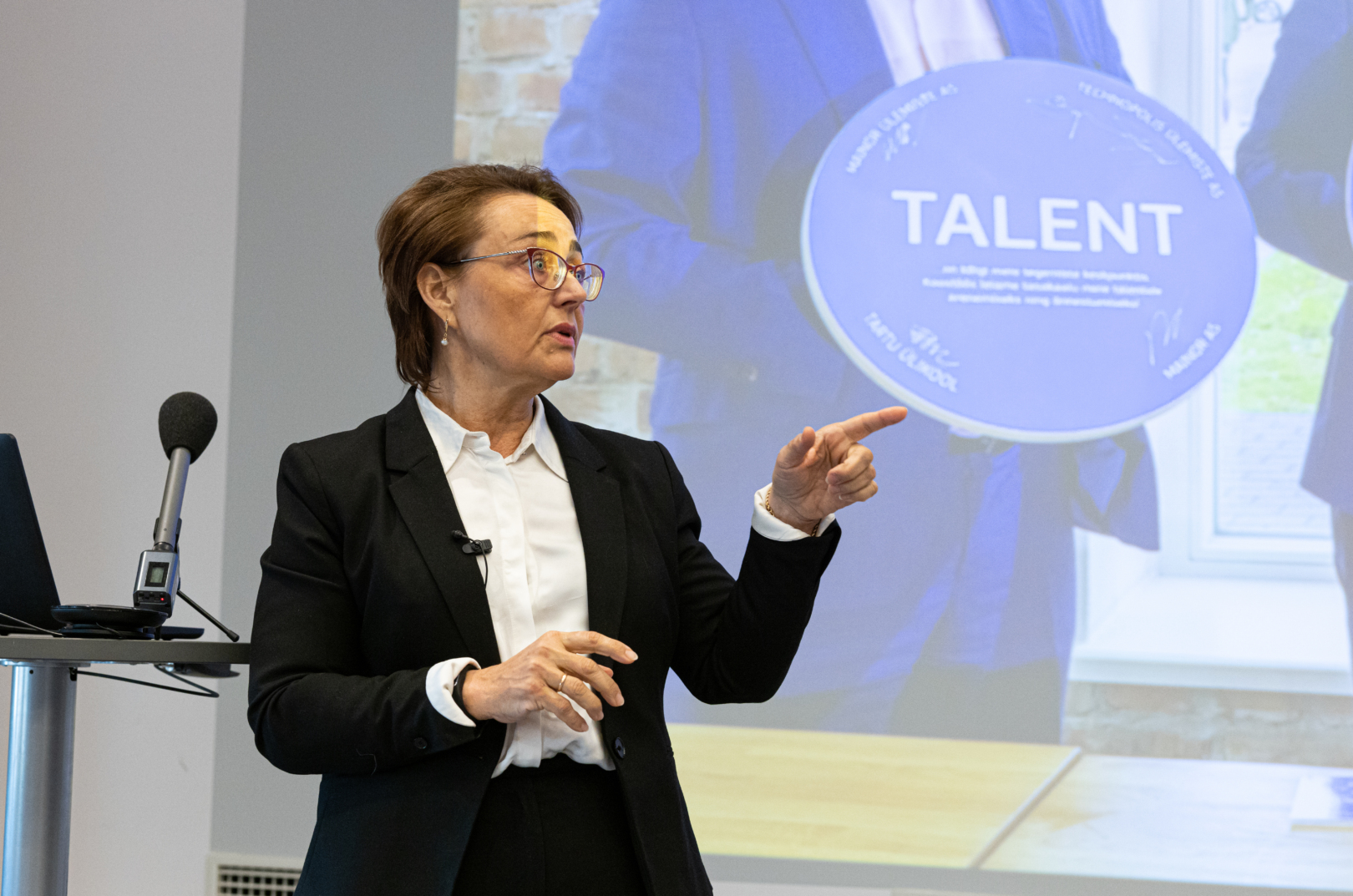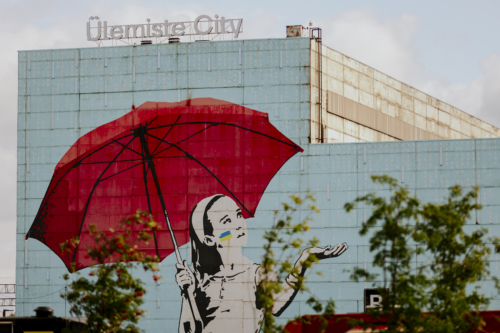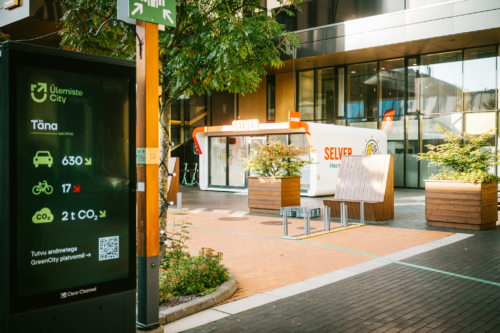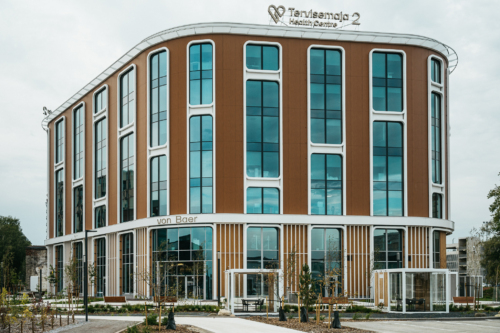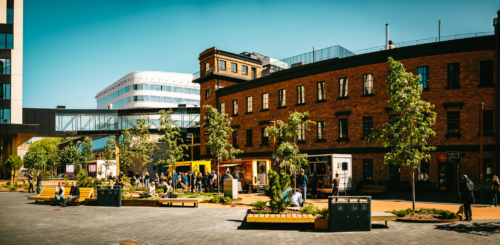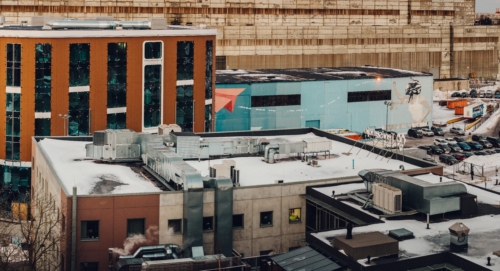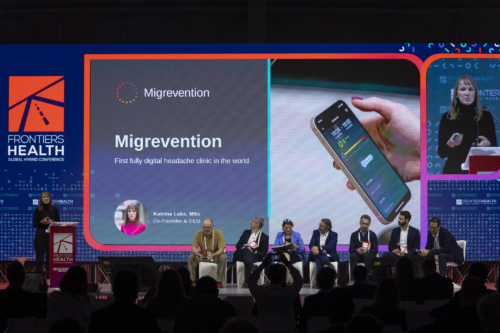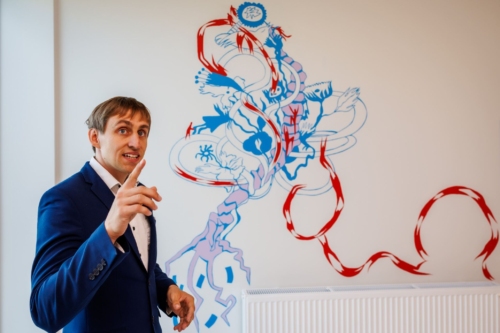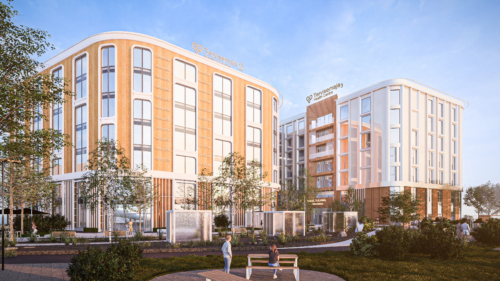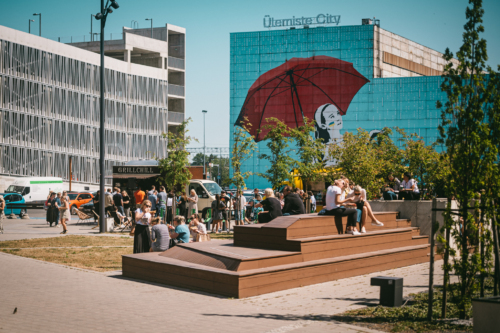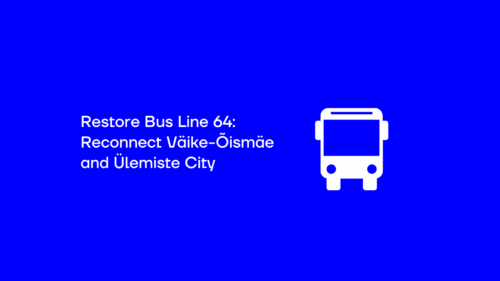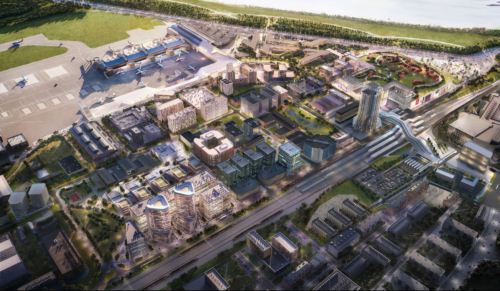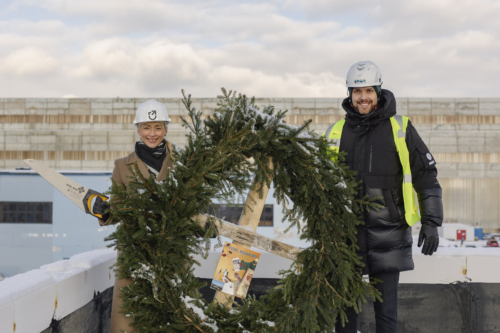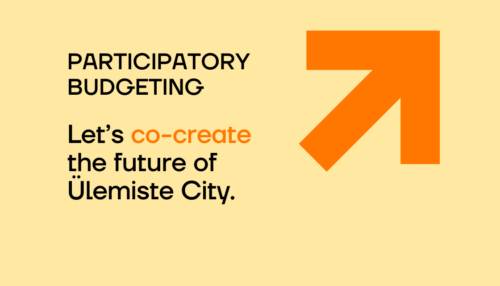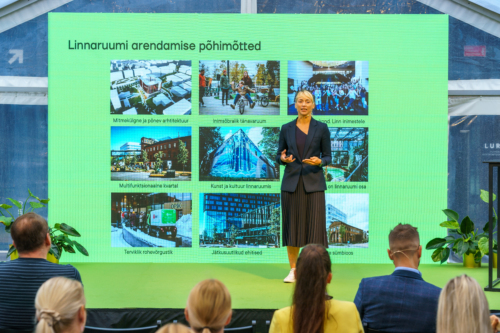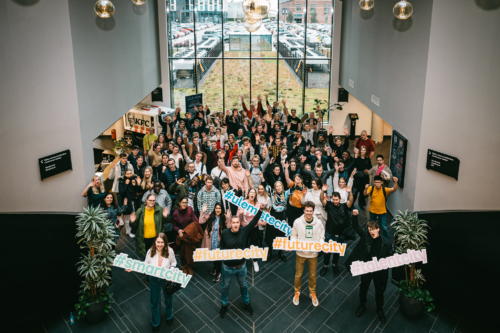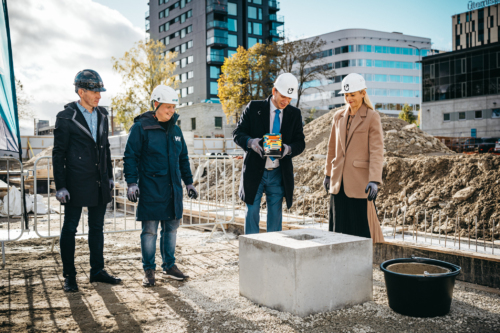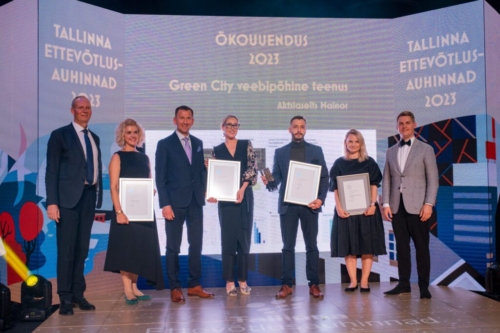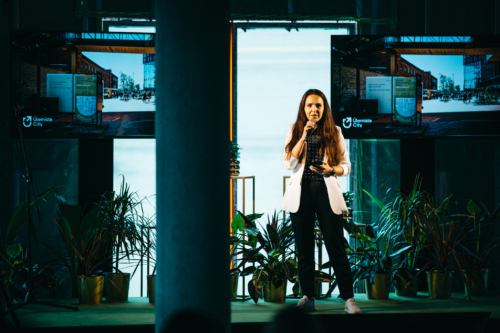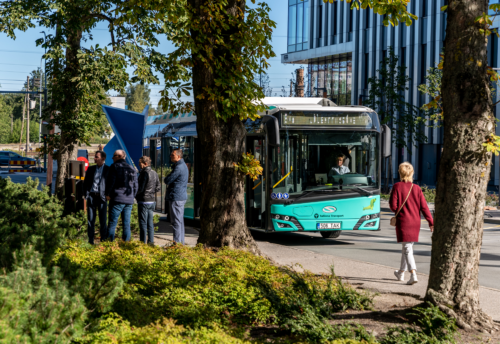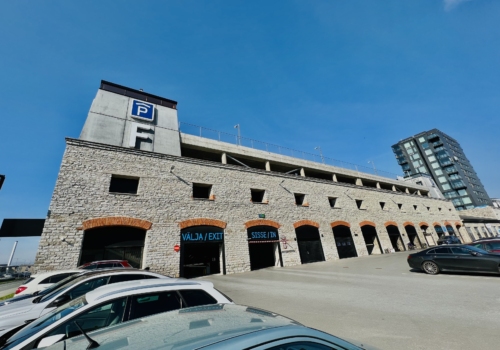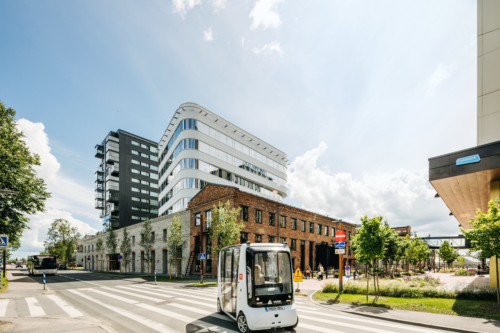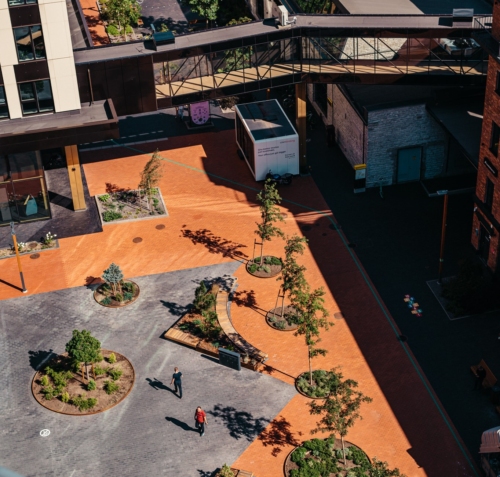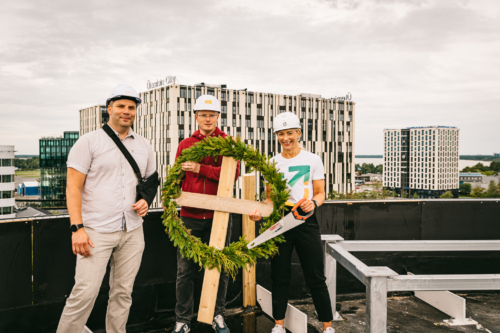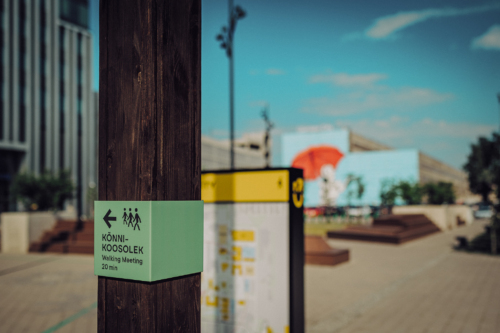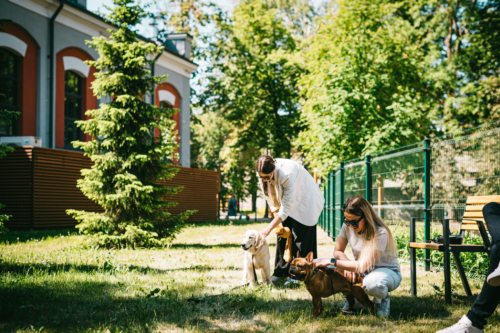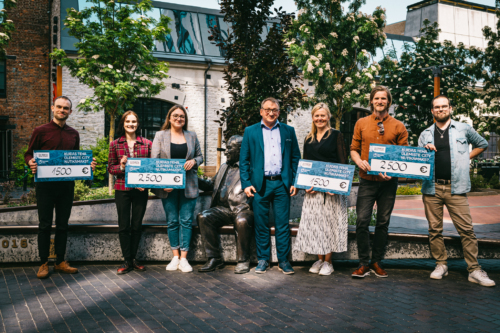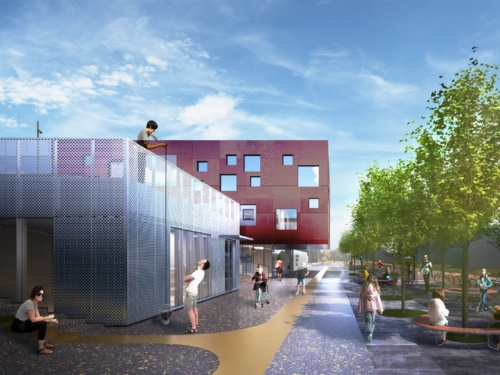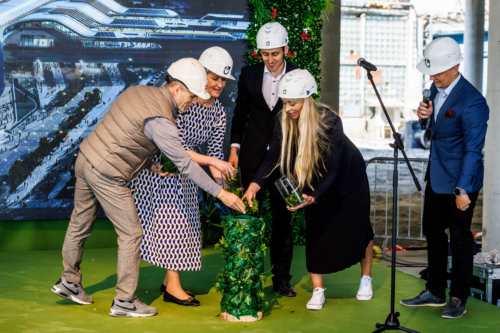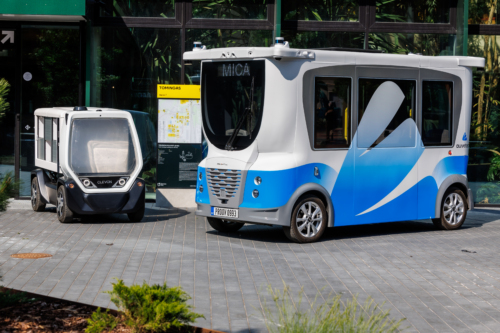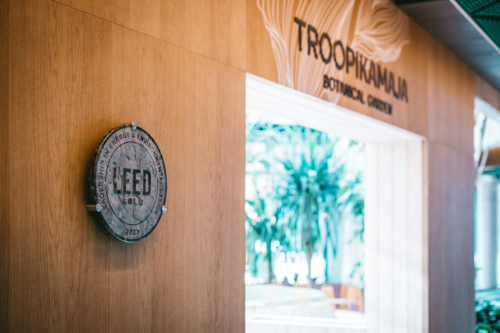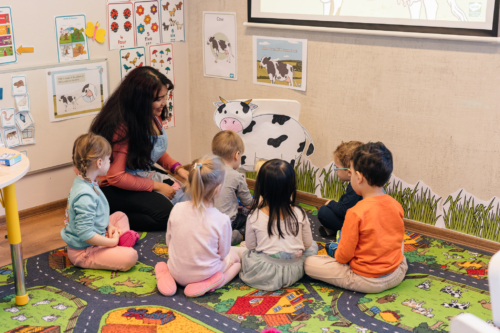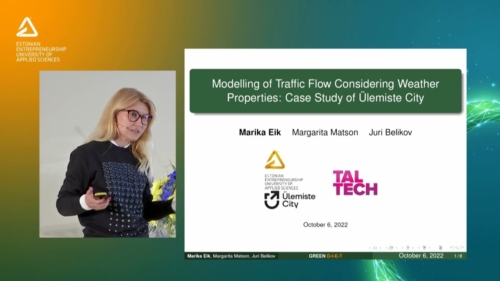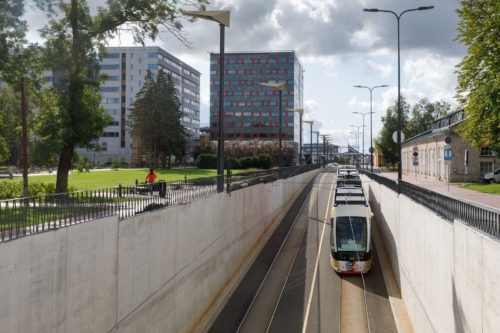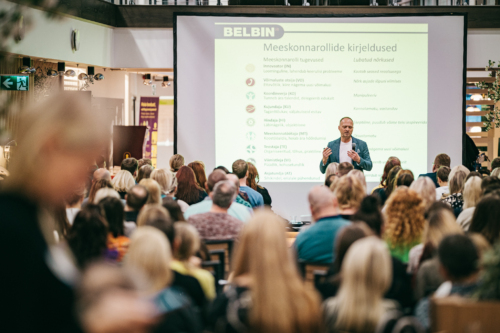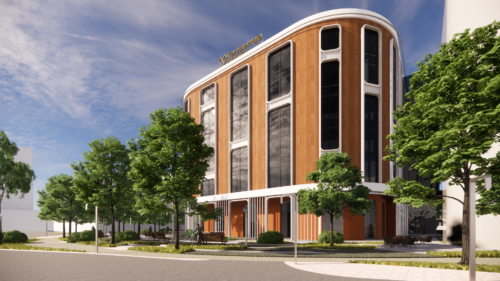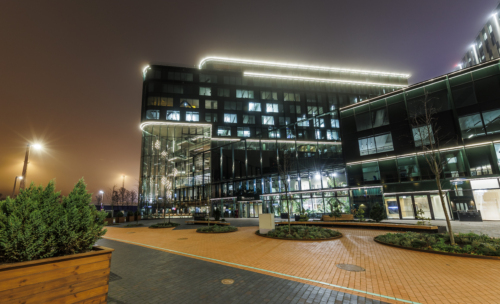STUDY: Ülemiste City workers are four times more captivated by their work compared to the rest of Estonia
The developments of the healthy city model were introduced yesterday at Ülemiste City; in creating it, the goal set last year being workers’ health as a company’s most valuable resource. The study conducted by the University of Tartu confirms the model’s effectiveness, so that, later on, this solution could be successfully implemented in other cities and campuses all over the world.
Yesterday, the findings of the study were introduced at the Öpiku Conference Centre, during which it was confirmed that focusing on community health is becoming more and more of a hygiene standard in creating a modern living, studying, and working environment. “We are trying to bring practices that support mental, physical, and social well-being into the business campus’ work environment, and want to do it with the Ülemiste community. Thanks to the the University of Tartu’s scientists, we know which direction to take and what we could do even better,” said Kadi Pärnits, the Chairman of the Board of Mainor AS, which manages Ülemiste City.
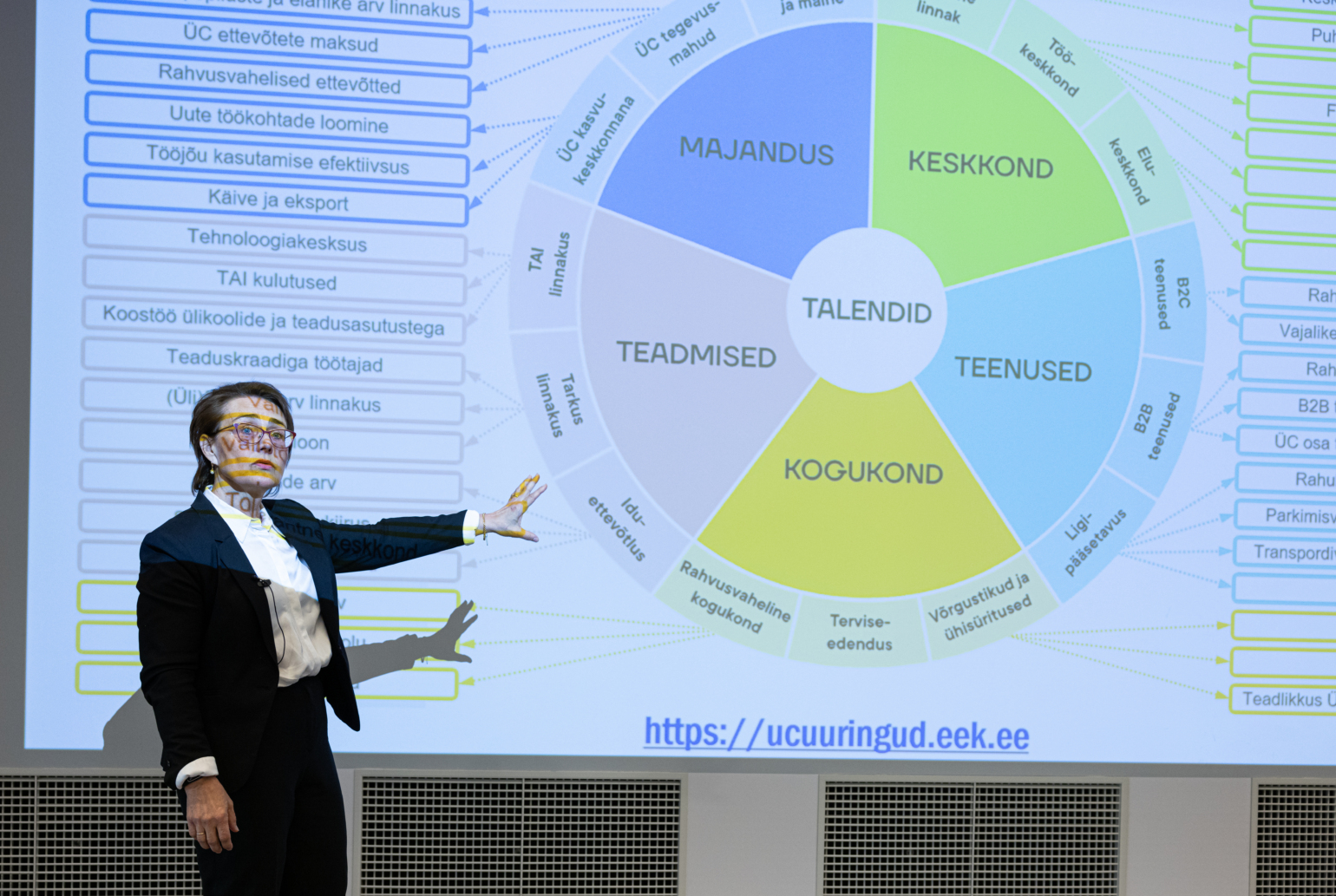
The business city’s environment is exceptional in its indicators, which at various levels beat the general statistics of Estonian workers’ wellbeing. “The findings of the study proved the effectiveness of the healthy city in their own way and showed how prima facie simple interventions might prove fruitful in developing other campuses in the future,” said Maie Kiisel, an analyst at RAKE, under the University of Tartu.
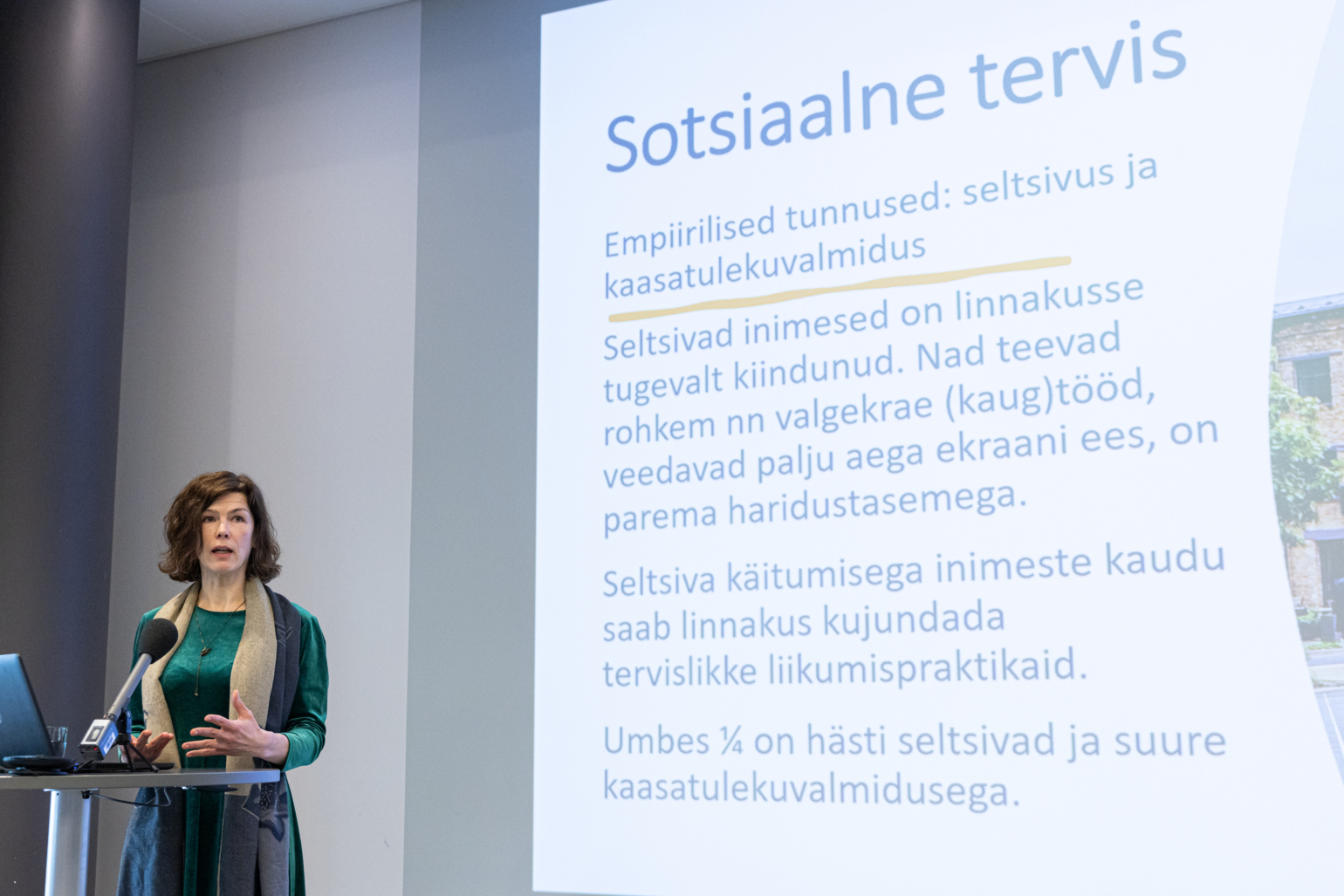
Nordea Eesti, which employs nearly 900 people, has also established itself in Ülemiste City. “All our employees do so-called classic office work – sitting behind a computer, which is why all health topics are of high importance to us. Ergonomic equipment, rest and massage rooms as well as the existence of health insurance to ensure access to specialist care are just some of the solutions we offer to our employees. The healthy city model provides a science- and data-based material, on the basis of which we can further develop the company’s health topics. In thinking of the planned activities and the warmer time of year ahead, the most exciting aspect is the opportunity to offer continuous health improvement to our people both at work and in their free time. Hopefully, this helps in alleviating the tensions related to work as well as in increasing overall happiness and satisfaction,” commented Jaana Pedras, Nordea’s Human Resources Manager.
The focus of the campus’ health behaviour study was the individual’s physical, mental, and social health. These factors were observed on three different levels – what can be done by the employee themself, what can the employer do, and what can the campus do as a whole. There are different models to consider the first two levels – the personal and corporate, but as far as we know, no city, campus, state, or developer has accounted for all three. This makes the model a unique product in the world, which can also be further developed.
At work, 85% of employees experience a pleasant state of excitement
The internationally recognized recommendation is to exercise intensely at least for half an hour a day. 33% of campus dwellers act according to this recommendation four days a week, yet in Estonia as a whole, only 19% of adults follow this. The workers’ mobility habits are shaped by uniting work duties and mobility, like walking meetings, the Bike 2 Work challenge, outdoor workplaces, and popularizing the using of stairs by stair races and by making the stairwells more attractive.
In comparison with Estonia’s work-aged population, the campus has more those who work in a more immersed manner and with positive zeal. For example, if 20% of workers across Estonia experience a pleasant state of excitement at work, then 85% of those at campus feel the same. The model and study provide more than a few answers – how to operate in a manner that this state of excitement remains, along with good health. As a result of the new model, the expectation is to offer mental health advice training and mental health mentors as a new service. In addition, the campus workers’ wellbeing, in addition to other health service providers of the campus would be improved by the health technology start-up Activate Health, whose application helps in developing mental and physical shape.
Although a lot of work is done in the campus, the work is done more stress-free than elsewhere. This presupposes purposeful, engaging, and well-organized work, through which the employees can put their skills to use and develop them in collaboration with colleagues. Fellowship is also supported outside the company’s network, hosting more than 100 community events a year.
The campus is more than one family and greeting one another is becoming a good practice – 62% of the townspeople are acquaintances here, yet do not work for the same institution. In addition, half the people working on campus wish to have a say in the campus’ development. This shows that it is seen as a friendly work environment, but where every fourth person also spends time outside of work.
For everything mentioned above to maintain a growing trend, it is important to develop a health services and instructions platform for the employers, which would support the employees’ physical (outside and walking meetings with food), mental (quiet spaces in public areas) as well as social wellbeing (the campus’ street festival). For this, the campus hopes to receive support from new health service providers who will be moving to Ülemiste City’s new Health Building 2 (Health Building 1 was opened in the campus two years ago).
